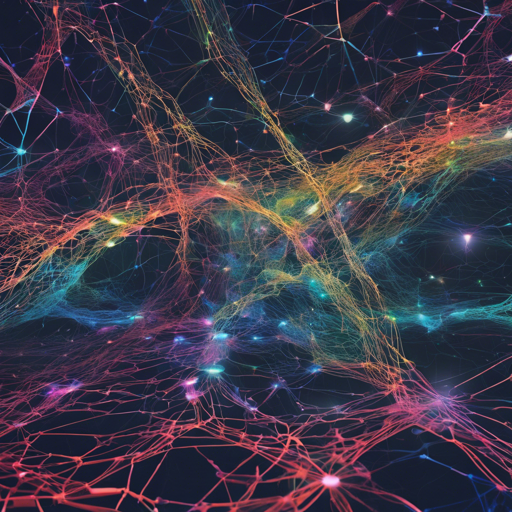In the modern technological realm, Computer Vision has emerged as an impressive discipline, encompassing applications in search engines, image understanding, drones, mapping, and even self-driving vehicles. Just like how our eyes interpret the world around us, computer vision empowers machines to analyze and understand visual information. At the core of this technology are vital tasks such as image classification, localization, and detection. By embracing the power of deep learning—a subset of machine learning—recent innovations have significantly enhanced the capabilities of visual recognition systems.
Getting Started: The Course Overview
This course offers a comprehensive exploration of deep learning architectures with a concentrated focus on mastering end-to-end models for image classification tasks. Over a 10-week period, participants will:
- Implement and train their own neural networks.
- Gain insights into cutting-edge research in computer vision.
- Conclude the course by training a massive convolutional neural network on the renowned ImageNet dataset.
Course Structure
The course is subdivided into several in-depth lectures, each crafted to illuminate key concepts and applications in computer vision:
- Lecture 1: Course Introduction ([Video](https://www.youtube.com/watch?v=vT1JzLTH4G4&list=PL3FW7Lu3i5JvHM8ljYj-zLfQRF3EO8sYv&index=1), [Slides](https://github.com/khanhnamle1994/computer-vision/tree/master/Lecture-1-Course-Introduction))
- Lecture 2: Image Classification ([Video](https://www.youtube.com/watch?v=OoUX-nOEjG0&index=2&list=PL3FW7Lu3i5JvHM8ljYj-zLfQRF3EO8sYv), [Slides + Tutorials](https://github.com/khanhnamle1994/computer-vision/tree/master/Lecture-2-Image-Classification))
- Lecture 3: Loss Function and Optimizations ([Video](https://www.youtube.com/watch?v=h7iBpEHGVNc&list=PL3FW7Lu3i5JvHM8ljYj-zLfQRF3EO8sYv&index=3), [Slides + Tutorials](https://github.com/khanhnamle1994/computer-vision/tree/master/Lecture-3-Loss-Functions-and-Optimization))
- Lecture 4: Introduction to Neural Networks ([Video](https://www.youtube.com/watch?v=d14TUNcbn1k&index=4&list=PL3FW7Lu3i5JvHM8ljYj-zLfQRF3EO8sYv), [Slides + Readings](https://github.com/khanhnamle1994/computer-vision/tree/master/Lecture-4-Intro-To-Neural-Networks))
- Lecture 5: Convolutional Neural Networks ([Video](https://www.youtube.com/watch?v=bNb2fEVKeEo&index=5&list=PL3FW7Lu3i5JvHM8ljYj-zLfQRF3EO8sYv), [Slides + Tutorials](https://github.com/khanhnamle1994/computer-vision/tree/master/Lecture-5-Convolutional-Neural-Networks))
The Analogy: Understanding Neural Networks
Think of a neural network like a well-organized factory. Just as different sections of a factory work together to produce a product, various layers in a neural network collaborate to process input data (images, in this case). Each layer works like a group of workers performing a specific task, such as sorting, assembling, or packaging. The final product—a correctly classified image—is the result of all the sections functioning together harmoniously. Even if one section falters, it can affect the overall outcome, highlighting the importance of fine-tuning and training to achieve optimal performance.
Tackling Assignments
To solidify your learning, you will complete a series of assignments that challenge your understanding and skills:
- Assignment 1: [Problem](https://github.com/khanhnamle1994/computer-vision/blob/master/Assignment-Guidelines/assignment1.md), [Solution](https://github.com/khanhnamle1994/computer-vision/tree/master/assignment1)
- Assignment 2: [Problem](https://github.com/khanhnamle1994/computer-vision/blob/master/Assignment-Guidelines/assignment2.md), [Solution](https://github.com/khanhnamle1994/computer-vision/tree/master/assignment2)
- Assignment 3: [Problem](https://github.com/khanhnamle1994/computer-vision/blob/master/Assignment-Guidelines/assignment3.md), [Solution](https://github.com/khanhnamle1994/computer-vision/tree/master/assignment3)
Troubleshooting Tips
If you encounter issues—whether it’s a bug in your code or struggling to grasp a concept—don’t get discouraged! Here are some troubleshooting ideas to help you:
- Check your code for syntax errors — often, a simple typo can lead to large issues.
- Consult the course materials and previous lectures to revisit any challenging concepts.
- Post questions on the course’s GitHub repository—the community may help!
- Remember to take breaks; sometimes stepping away helps you think clearly.
For more insights, updates, or to collaborate on AI development projects, stay connected with fxis.ai.
Conclusion
At fxis.ai, we believe that such advancements are crucial for the future of AI, as they enable more comprehensive and effective solutions. Our team is continually exploring new methodologies to push the envelope in artificial intelligence, ensuring that our clients benefit from the latest technological innovations.

